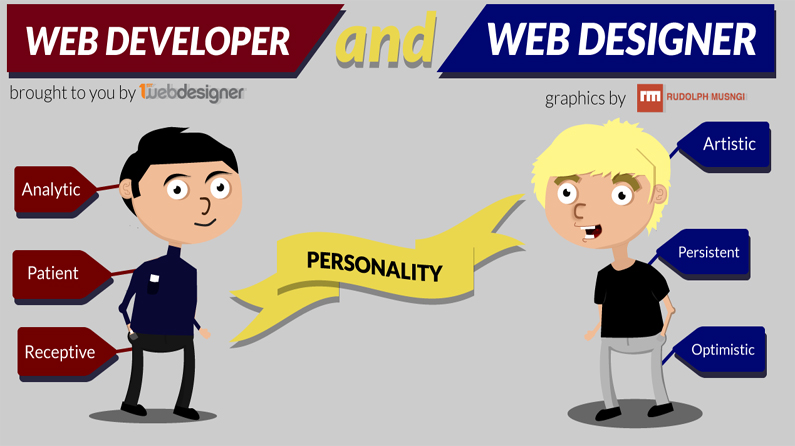
- HTML/CSS
HTML (the Hypertext Markup Language) and CSS (Cascading Style Sheets) are two of the core technologies for building Web pages. HTML provides the structure of the page, CSS the (visual and aural) layout, for a variety of devices. Along with graphics and scripting, HTML and CSS are the basis of building Web pages and Web Applications. - WEB-INSPECTOR
A tool embedded in each browser, for checking and editing HTML/CSS without reloading a page, for analysis of web requests sent by the browser, for debugging of JavaScript, working with cookies, etc... - FRONT-END FRAMEWORKS
Also referred to as “CSS frameworks,” these are packages containing pre-written, standardized code in files and folders. They give you a base to build on while still allowing flexibility with the final design. Typically, front-end frameworks contain the following components:
-A grid which makes it simple to organize the design elements of your website
-Defined font styles and sizing that varies based on its function (different typography for headings versus paragraphs, etc.
-Pre-built website components like side panels, buttons, and navigation bars
- JAVASCRIPT
Sooner or later, most likely sooner, your application will need the functionality that cannot be implemented by standard HTML and CSS means. For example, a calendar or a dynamic form, or pop-up tips. Or, the most amazing thing.
when you need to update a part of the page without fully reloading it an AJAX request. This is the moment when you have to study JavaScript.
5.RUBY
A dynamic, open source programming language with a focus on simplicity and productivity. It has an elegant syntax that is natural to read and easy to write
RoR
IMHO, Ruby on Rails is the best framework to develop web applications.Databases - POSTGRESQL, MySQL or MongoDB?